Science News

A new study suggests acidic lakes may have harbored life in Earth’s ancient past. »
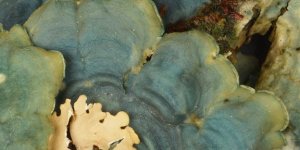
Hunt is on to find the lichen in the wild -- if it still exists. »
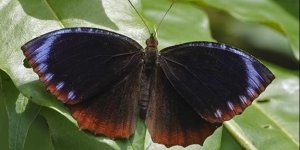
New study identifies genetic markers associated with female color pattern. »

Scientists with NASA’s Oceans Melting Greenland mission are probing (...) »

Study of simplest yet most toxic venom will help explain array of genetic questions. »

Scientists used copper foil, glass containers and a conventional household microwave oven. »

The vital role of ventilation in the spread of COVID-19 (...) »
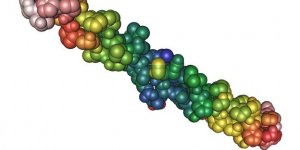
Chemists have developed a nanomaterial they can trigger to shape-shift -- from flat sheets to tubes and back to sheets again -- in a controllable fashion. »
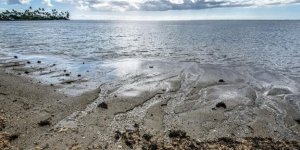
An invisible flow of groundwater seeps into the ocean along coastlines all over the world. »
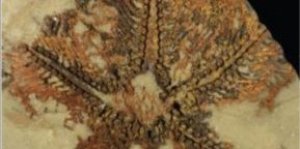
Researchers from the University of Cambridge have discovered a fossil of the earliest starfish-like animal, which helps us understand the origins of the nimble-armed creature. »

Butterflies have evolved to produce a strongly scented chemical in their genitals, which they leave behind after sex to deter other males from pursuing their mates. »

Study indicates that energy can be extracted from black holes. »
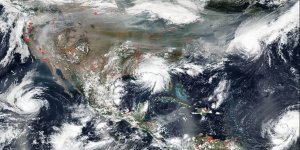
By most accounts, 2020 has been a rough year for the planet. It was the warmest year on record, just barely exceeding the record set in 2016 by less than a tenth of a degree according to NASA’s analysis. »
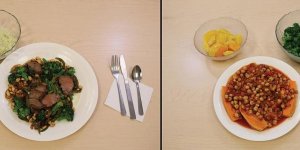
People on a low-fat, plant-based diet ate fewer daily calories but had higher insulin and blood glucose levels, compared to when they ate a low-carbohydrate, animal-based diet. »

Mysterious wasting disease has nearly killed off sea star populations around the world. »

Device stimulates the endings of nerve responsible for the regulation of food intake. »

Producing clean water at a lower cost could be on the horizon after researchers at the University of Texas at Austin and Penn State solved a complex problem that had baffled scientists for decades. »

Researchers have developed a blood test that could make it possible for doctors to detect acute heart transplant rejection (...) »

The supersharp radio "vision" of the U.S. National Science Foundation's Very Long Baseline Array has revealed previously unseen details in a jet of material ejected at three-quarters the speed of light from the core of a galaxy some 12.8 billion light-years from Earth. »

Analysis of Steamboat Geyser finds relationship between column height and reservoir depth. »

A team of geoscientists has developed a new way to reconstruct the sizes of volcanic eruptions that occurred thousands of years ago. »

The westerlies -- or westerly winds -- play an important role in weather and climate locally and on a global scale by influencing precipitation patterns, impacting ocean circulation and steering tropical cyclones. »

Biochemists have helped answer a fundamental question that has lingered since the discovery of DNA: Is chromatin -- the complex package of DNA and proteins in the nucleus of our cells -- a solid or a liquid? »

The world’s grasslands, known to have a cooling effect on climate, are now transitioning to net climate warmers as a result of increasing greenhouse gas emissions, says a new study. »

Surprising species-level extinction millions of years ago may have reached as high as 92%. »

Too much salt threatens ecosystem and human health. »

River's lower region long ago held a vast marine tidal basin and humid paleoclimate. »

Underwater volcanoes reveal complexity of seafloor's microbial life. »

Turfgrasses sometimes get a "bad rap" for not giving our bees and other insect pollinators a helping hand on the food front. But Agricultural Research Service (ARS) and University of Georgia (UGA) studies suggest this reputation is unfair—and at least five different genera of bees would agree! »

Research may hold keys to mapping historic origins of global trade networks. »

A study show single-celled organisms like Escherichia coli and yeast can thrive in both 100% hydrogen gas and helium atmospheres. »

Findings open the way for large Antarctic icebergs to be included in global climate models. »

Chironomids act as natural reservoirs of disease-causing cholera bacteria and can forewarn against possible outbreaks of the diarrhoeal disease. »

New research from the University of Cambridge and European Molecular Biology Laboratory (EMBL) shows how cooperation among bacterial species allows them to thrive as a community. »

Significant changes in the circulation of the North Pacific fostered migration. »

The island of Nihoa, a slice of jagged rock in the Pacific Ocean, is snails’ sole refuge. »

Compost as daily cover outperformed its use as a soil amendment in almost 100% of simulations. »

Diagnosing liver damage earlier could help prevent liver failure. »

A study shows the serum is up to 100 times stronger than the virus. »

Land ecosystems currently play a key role in mitigating climate change. The more carbon dioxide (CO2) plants and trees absorb during photosynthesis, the process they use to make food, the less CO2 remains trapped in the atmosphere where it can cause temperatures to rise. »

Researchers tracked coral colonies on reefs during an El Niño. »

For the first time, scientists have recorded how our brains navigate physical space and keep track of others’ location. »

Findings may help scientists better understand how other emerging diseases evolve. »

Researchers described how they used advanced genetic engineering techniques to transform a bacterial protein into a new research tool that may help monitor serotonin transmission with greater fidelity than current methods. »

Microbes cooperate to construct structures called fruiting bodies when famine strikes. »

Rocks billions of years old record transition from alien landscape to continents, oceans, life. »

The weathering of rocks at the Earth’s surface may remove less greenhouse gases from the atmosphere than previous estimates, says new research from the University of Cambridge. »
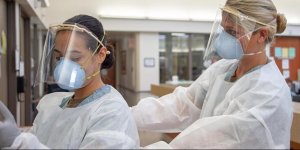
Researchers have developed a way to use a simple home aroma diffuser to test whether N95 and other types of sealing masks, such as KN95 and FFP2 masks, are properly fitted, a result which could be used to help protect healthcare workers and the public from contracting or transmitting COVID-19. »
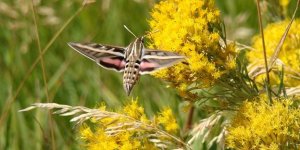
New understanding of how insects fight, succumb to or transmit infections . »

Malaria has traditionally been seen as a rural scourge, but increasingly it is being documented in or near urban areas, experts warn, as a new study shows that human mobility plays an important role in the “urbanisation” of the disease. »